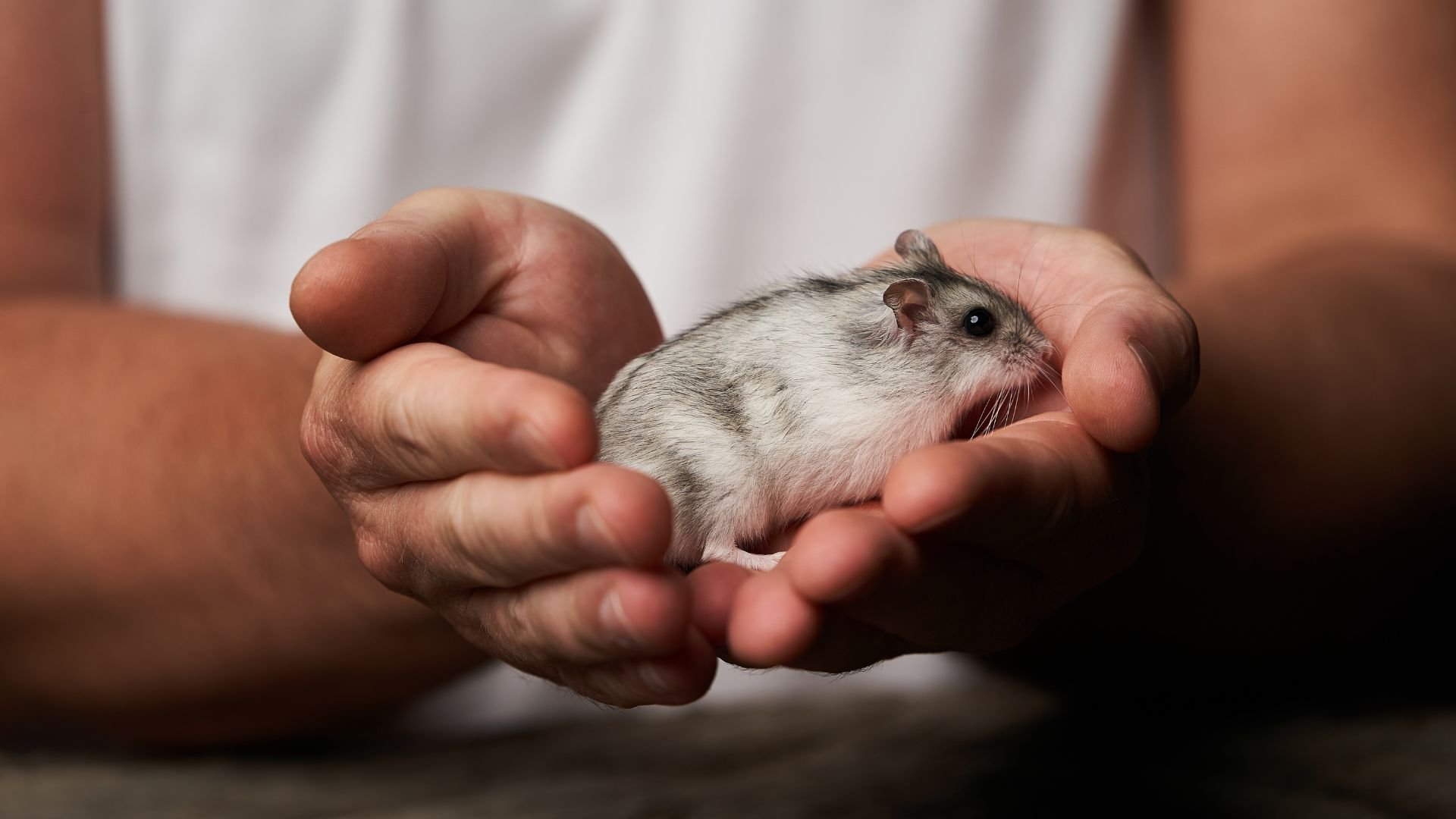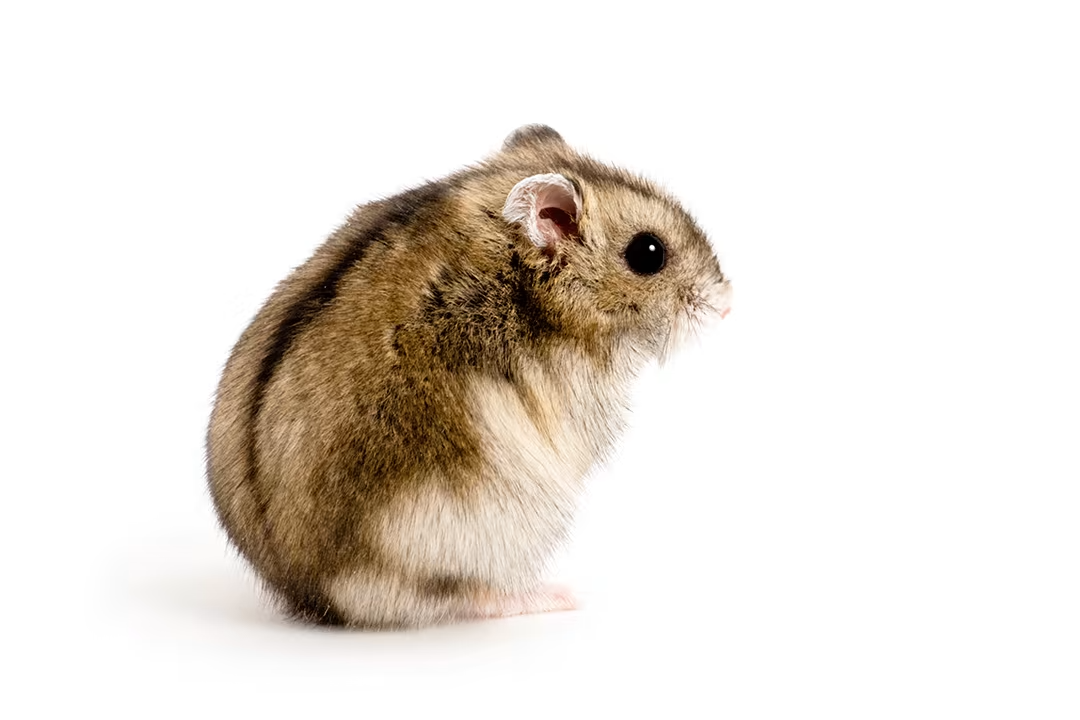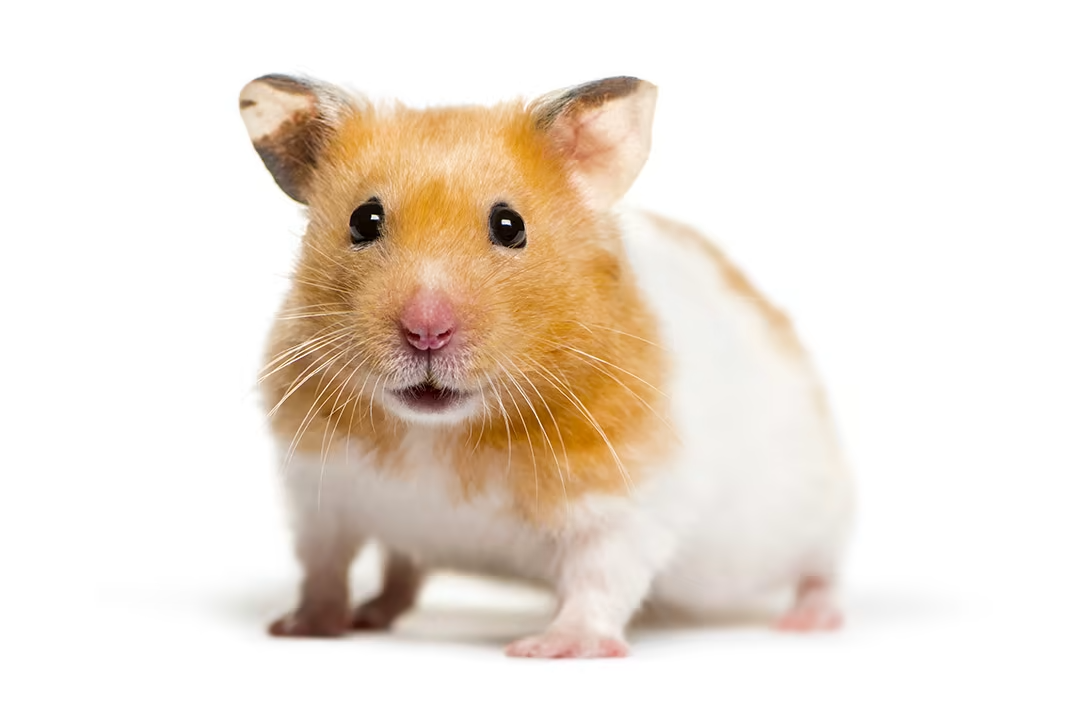2 Friendly Types of Hamsters for Your Home

If you’re thinking of adding a furry friend to your home, hamsters are an excellent choice. They’re small, cute and relatively low maintenance. Plus, they can be great companions for both adults and children alike. But with so many types of hamsters out there, it can be difficult to decide which one is best for you. In this blog post, we take a look at two friendly types of hamsters that make great pets for any home!
Do hamsters make good pets?
Hamsters can make great pets, as long as you do your research to find the right one for you. With a little bit of knowledge and care, you’ll be on your way to having a friendly pet that will bring years of joy and companionship.
So if you’re thinking about getting a hamster, read on to learn more about three types of friendly hamsters that are perfect for any home!
2 Types of Friendly Hamsters
1. Dwarf Hamster
Dwarf hamsters, including Djungarian, Chinese, Russian and Roborovski hamsters, have high energy levels. They are clean and captivating companion animals and can make great pets when they are socialized properly. (source)

Dwarf hamster habitat characteristics
- Dwarf hamsters are very energetic
- Dwarf hamsters play at the night and rest during the day (nocturnal), but can adjust to pet parents’ schedules
- Because they may run in wheels at night, they might not be the best pet for light sleepers
- With daily gently handling, they can bond to pet parents and be cuddly companions
- Dwarf hamsters are easy to handle but move quickly; some species, such as Chinese and Roborovski dwarf hamsters, are less likely to nip or bite. Children handling hamsters should always be supervised
- They love to burrow in bedding and hide; provide nesting material or be sure habitat bedding is deep enough to allow this behavior
- On their abdomens, male dwarf hamsters have scent glands that are raised, sometimes hairless and often produce a greasy to waxy yellow secretion that may be used for territorial marking; females also have scent glands, but they are less prominent, and the secretions are associated with the estrous cycle
- Dwarf hamsters need to chew on objects to maintain their incisor teeth, which grow continuously; ensure they have plenty of wood chew sticks, edible chew toys or mineral chews to gnaw on
- Dwarf hamsters have large, muscular outpouchings called check pouches inside their mouth on both sides of their face; they store food, bedding and other small objects in these pouches, which can become so filled that the cheek pouch swelling stretches from the sides of their face all the way back to their shoulders
- Never surprise a sleeping hamster, as they may be startled and bite
- Never squeeze the body of a hamster when holding them so you don’t inflict injury; hold your hamster over a soft surface in case they jump so they don’t get injured if they fall
2. Syrian Hamster
Syrian hamsters are clean and captivating companion animals who are best kept individually and make great pets when they are socialized properly. When housed together, they tend to fight. They are members of the rodent family, which also includes gerbils, rats and mice. Syrian hamsters are larger than dwarf hamsters and while they share some similarities, they each have differences that make them unique. (source)

Syrian hamster habitat characteristics
- Syrian hamsters were originally called golden hamsters because they had short, reddish-gold fur
- Today, Syrian hamsters come with coats in a variety of colors and lengths and are typically divided into short-haired and teddy bear categories
- They have poor eyesight but an exceptional sense of smell
- Hamsters are typically nocturnal, which means they're more active at night, but they can adjust to your schedule so they're more awake during the day
- With gentle daily handling, hamsters bond to their pet parents and can be cuddly companions
- Hamsters may run in their wheels at night, so they might not be the best pet for light sleepers
- They love to chew and should be provided with safe wooden toys, mineral blocks or other chewable items to gnaw on to keep their continuously growing incisor teeth worn down
- Their incisor teeth naturally become yellow as they age due to deposits of iron pigments
- Hamsters have large, muscular outpouchings called cheek pouches Inside their mouth on both sides of their face. They store food, bedding and other small objects in these pouches, which can become so filled that the cheek pouch swelling stretches from the sides of their face all the way back to their shoulder
- Their scent glands, located bilaterally on their flanks (hips), are flat and often produce a greasy to waxy yellow secretion that males may use for territorial marking; females also have scent glands, but they are less prominent, and the secretions are associated with the estrous cycle
- Their urine normally looks cloudy
- Hamsters can be trained to use a litter box, which can help keep their habitat cleaner
- Female hamsters normally pass a thick, creamy, white discharge after they ovulate
- If housed in a cool area that has limited food available, they will hibernate
- When startled (especially if they are sleeping), they may bite
- They like to burrow and hide food
- Never squeeze a hamster’s body when you are holding them, as you may inflict injury, and hold hamsters over soft surfaces in case they jump so they don’t get injured if they fall
Get Ready to Hop on the Hamster Highway
Are you considering taking a furry friend into your home? Hamsters make fantastic pet companions, with marvelous personalities and plenty of cuddles to offer! From pocket-sized Dwarf types to the striking Syrian breed, there's sure to be one that'll catch your eye - but before hopping down this hamster highway (pun intended!) it pays off knowing what makes these cheerful critters tick.
By understanding their different traits and needs based on size or temperaments, living in harmony won't require such an effort! With proper care mixed with some daily lovey dovey pampering time for socialization purposes – owning a hamster can turn out as a truly rewarding experience.
Subscribe to Hamster Happenings!
Thank you for subscribing!
Have a great day!

